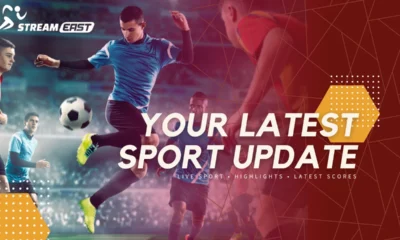Tech
BlockDAG: The Next Evolution of Decentralized Technology
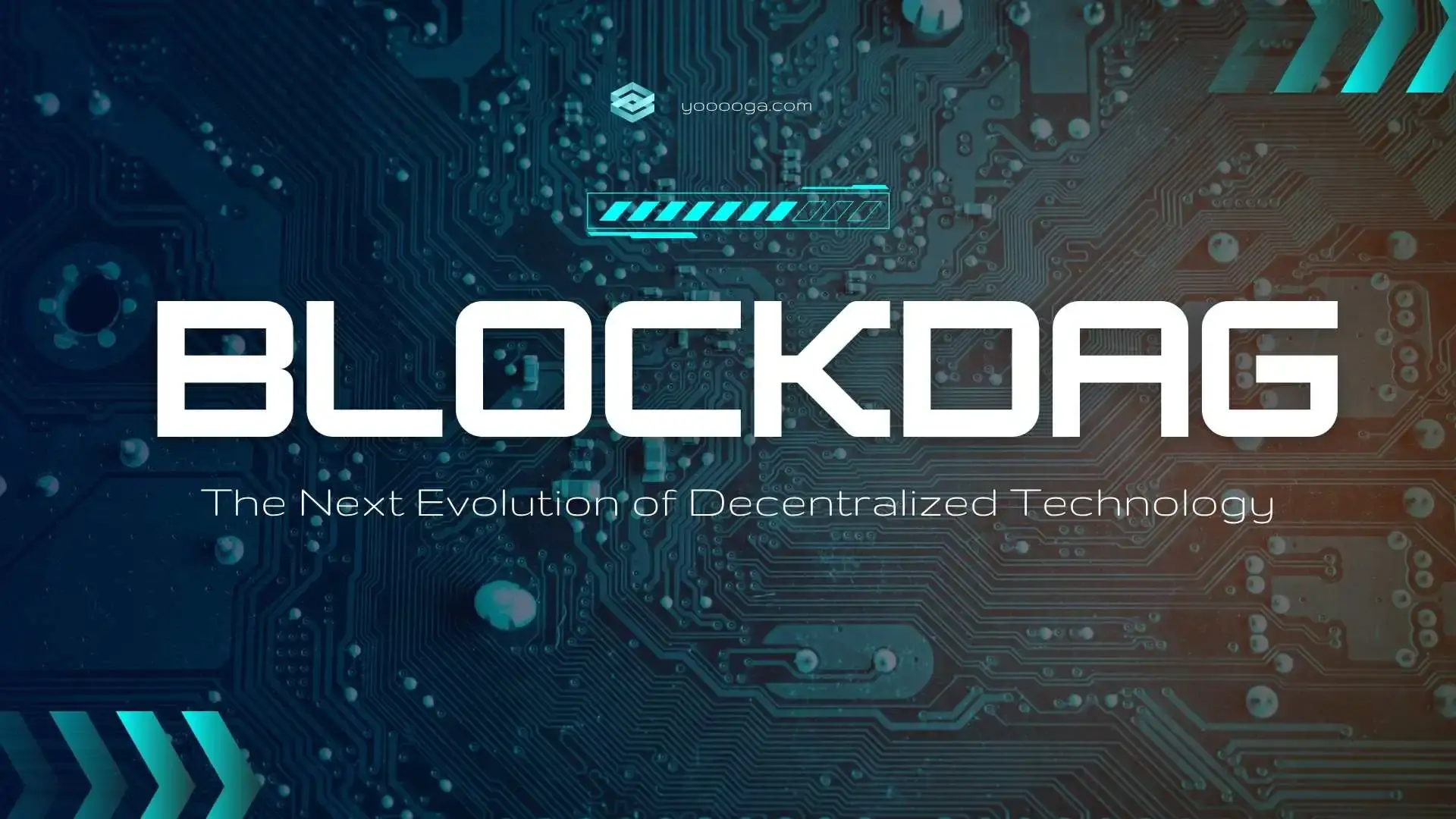
Keeping up with the ever-evolving world of distributed ledger technologies (DLT), the revolutionary BlockDAG system is emerging, overcoming many limitations of the traditional blockchain systems. As the need for scalability, the increased rates of transaction, and enhanced decentralization become a hot issue, BlockDAG has been attracting attention as a next-gen decentralized architecture that is supposed to revolutionize the understanding of consensus, security, and efficiency.
Table of Contents
What is BlockDAG?
BlockDAG is a data structure model that is applied in certain cryptocurrencies and decentralized systems where there is a possibility to produce several blocks and confirm them simultaneously. Unlike the traditional kind of blockchain, which is a linear chain of blocks, BlockDAGs create a chain in the form of a directed acyclic graph, which allows more than one parent per block. This is more parallelized and scalable to the system.
Key Features
- Concurrency: Multiple blocks can be processed at the same time, reducing bottlenecks.
- High Throughput: Designed to handle thousands of transactions per second.
- Security: Maintains integrity through innovative consensus algorithms.
- Reduced Forks: Naturally incorporates forks into the network, instead of discarding them.
- Decentralization: Enhances participation and inclusiveness in the network.
How BlockDAG Works
In a traditional blockchain:
- One block is mined at a time.
- Each block references a single predecessor (previous block).
- Forks are considered problematic and are often discarded.
In a BlockDAG:
- Blocks are nodes in a directed acyclic graph.
- Multiple blocks can reference multiple previous blocks.
- Forks are embraced as part of the natural growth of the network.
- The graph continues expanding, and a consensus is reached by evaluating the weight or confirmation level of the blocks.
Visualization:
Imagine a tree with branches that grow and connect freely in one direction (forward in time), but never form a loop. That’s how a DAG (Directed Acyclic Graph) behaves.
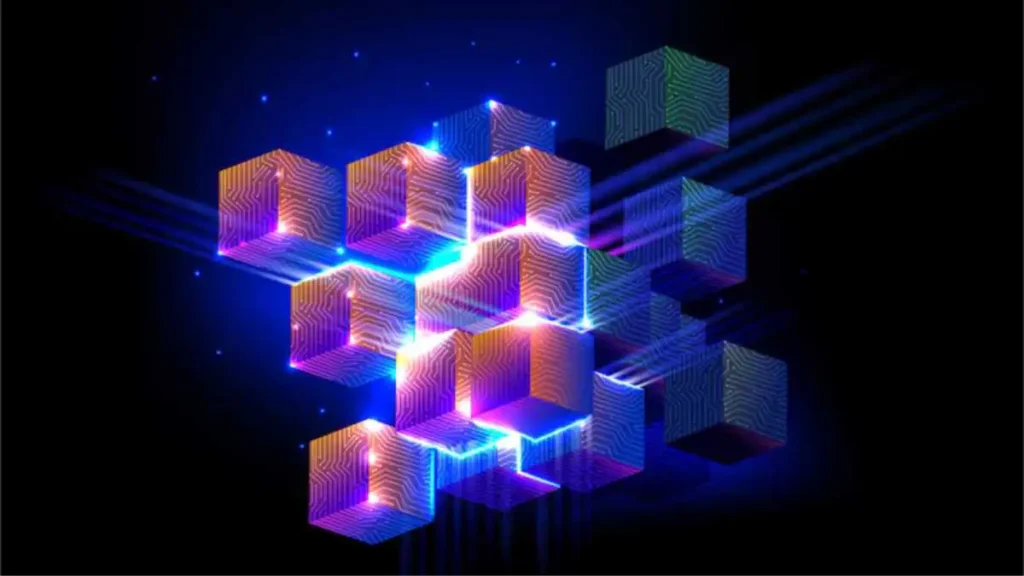
BlockDAG vs Blockchain: A Comparison
| Feature | Blockchain | BlockDAG |
| Structure | Linear chain of blocks | Directed acyclic graph of blocks |
| Concurrency | Low | High |
| Scalability | Limited (due to block intervals) | High (parallel processing of blocks) |
| Fork Handling | Forks discarded | Forks integrated |
| Transaction Speed | Slower | Faster |
| Security Model | Depends on longest chain | Based on cumulative weight/confidence |
Benefits of BlockDAG
- Capable of processing thousands of transactions per second due to parallel block generation.
- Efficient resource usage translates to lower costs per transaction, supporting microtransactions.
- More nodes participate in validation, reducing the risk of centralization and improving resistance to attacks.
- Lower energy consumption compared to proof-of-work blockchains makes BlockDAG more sustainable.
- All valid blocks contribute to the ledger, eliminating wasted computational effort.
- Adaptable to high-load environments such as IoT, AI, supply chain systems, and financial applications.
- Asynchronous validation and multiple block acceptance lead to faster transaction finality.
- Easily integrates with advanced technologies like quantum resistance, zero-knowledge proofs, and AI.
Deeper Technical Insights into BlockDAG
While BlockDAG shares similarities with blockchain at a conceptual level, such as recording transactions in a distributed, immutable ledger, it fundamentally differs in architecture and logic.
DAG-Based Architecture
- Directed: Each connection between blocks moves in a single direction, typically forward in time.
- Acyclic: There are no loops; once a block references another, it cannot reference back.
- Graph: A complex web of blocks referencing each other, allowing for high-frequency block additions.
- This structure supports asynchronous operations, making the network resilient to latency and network partitioning.
Transaction Confirmation Logic
In BlockDAG systems, a transaction isn’t confirmed by simply being part of the “longest chain.” Instead, confirmation depends on how deeply embedded a transaction becomes within the DAG as more blocks are added.
Some platforms (e.g., Kaspa) use algorithms like GHOSTDAG to resolve the order and validity of blocks in this more dynamic structure, assigning a score or weight to each block based on how many other blocks reference it directly or indirectly.
Use Cases
- Internet of Things (IoT): Handles vast micro-transactions between connected devices.
- Decentralized Finance (DeFi): Offers scalable solutions for high-volume trading and lending.
- Supply Chain Tracking: Facilitates transparent, tamper-proof records across logistics.
- Smart Cities: Enables fast, secure data sharing between city infrastructure.
- Healthcare: Ensures secure, real-time updates to patient records across multiple institutions.
Challenges and Limitations
- Complex Consensus: Determining finality and consensus in a DAG is more complex than in a linear chain.
- Network Synchronization: Ensuring all nodes have an up-to-date view of the DAG can be resource-intensive.
- Developmental Maturity: Still a relatively new concept with fewer mature platforms than traditional blockchain.
Popular Projects Using BlockDAG
| Project | Technology/Structure | Key Features | Use Cases / Focus Areas |
| Kaspa | GHOSTDAG protocol | – Extremely fast block times (≈1 second) – All blocks included in consensus – High scalability with PoW security | – Layer 1 protocol – Future smart contract support |
| IOTA | The Tangle (DAG) | – No miners or fees – Users validate 2 transactions to submit own – Scalable for microtransactions | – Internet of Things (IoT) – Supply chain, connected car payments |
| Nano | Block-lattice (DAG variant) | – Each user has personal blockchain – Asynchronous, instant transactions – Fee-less, eco-friendly | – Peer-to-peer and mobile payments |
| Byteball (Obyte) | DAG with main chain concept | – Emphasis on smart contracts – Validates transaction order via main chain – Focus on data integrity | – Insurance, prediction markets – Conditional logic-based apps |
| Radix | DAG + linear ledger (Cerberus consensus) | – Scalable without sacrificing composability – Atomic composability across shards – High dApp performance | – Decentralized finance (DeFi) – Secure smart contract execution |
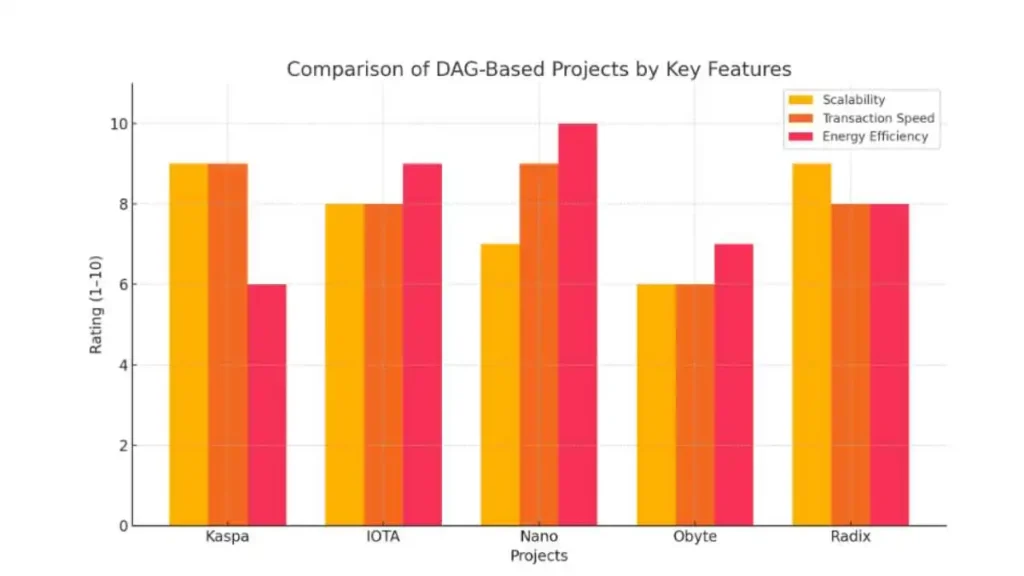
The Future
As more and more demand develops for decentralized systems that are faster, more secure, and scalable, BlockDAG stands a good chance of becoming the future of decentralized systems. Current ongoing studies and application of upgraded DAG-based protocols suggest a tendency to move toward the hybrid models that use the best parts of blockchain and DAG technologies.
Potential Innovations Ahead:
- DAG-based smart contract platforms
- Integration with AI and machine learning
- Enhanced energy efficiency
- Cross-chain interoperability using DAG bridges
Conclusion
BlockDAG is a huge step forward in the field of distributed ledger technologies. In doing so, it provides a way out for traditional blockchains’ main shortcomings – scalability, the speed of the transaction, and fork operation – opening the door to the new generation of decentralized applications that are more efficient, inclusive, and future-proof. With challenges still existing, BlockDAG innovation momentum indicates that this technology is soon to be a cornerstone of the decentralized digital economy.
-

 GENERAL6 months ago
GENERAL6 months agoChristofle – For Those Who Dream of Family Heirloom Silver
-

 SPORTS8 months ago
SPORTS8 months agoDiscover the World of Football with Streameast: Watch Your Favorite Leagues and Tournaments
-

 GENERAL4 months ago
GENERAL4 months agoUncovering the World of кинокрадко: The Dark Side of Film Piracy
-

 GENERAL2 months ago
GENERAL2 months agoATFBooru: Anime, Gaming, and Subculture Imageboard
